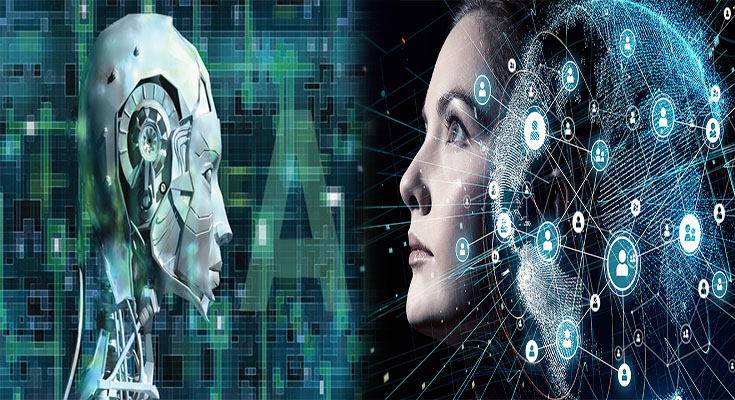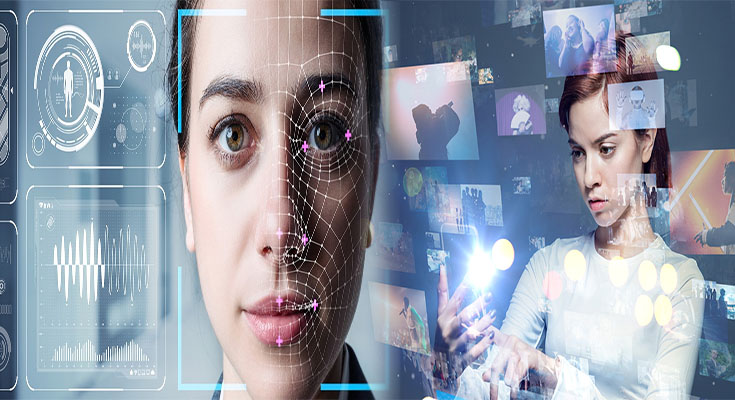
Challenges and Future Prospects of Implementing Theory of Mind in Artificial Intelligence Systems
Artificial intelligence (AI) has made tremendous advancements in recent years, with machines being able to perform complex tasks, learn from data, and even engage in limited forms of decision-making. However, one critical aspect that AI systems still lack is the ability to understand and interpret the beliefs, intentions, and emotions of other agents – a capacity referred to as “theory of mind.” Implementing theory of mind in AI systems has the potential to revolutionize the way machines interact and collaborate with humans and other AI agents. This article will explore the challenges and future prospects of implementing theory of mind in artificial intelligence systems.
Challenges of Implementing Theory of Mind in AI
1. Complexity of Human Behavior:
Humans possess an intricate and multifaceted understanding of the thoughts, beliefs, and desires of others. Translating this complex human behavior into the algorithms and frameworks of AI systems poses a significant challenge.


